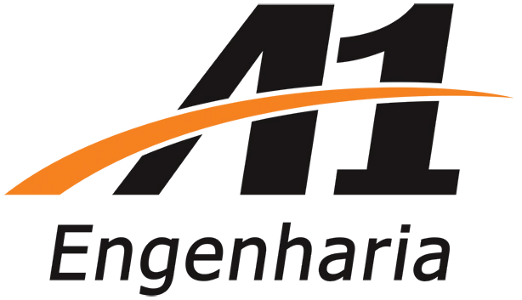Considering the seriousness of this issue, related to personal, operational and property security, and that the rules on the subject have been discussed for over a hundred years, we still observe a high lack of knowledge in this area, whether in the premises defined by the companies to be followed in the elaboration of projects, whether in field application observations or in the high number of nonconformities found in the installations.
In the text by Roberval Bulgarelli - One hundredth Brazilian technical standard “Ex” published by ABNT, with some excerpts summarized below, we can generally observe the evolution of Brazilian standards in the Ex area.
The Brazilian Technical Standards adopted from Series ABNT NBR IEC 60079 (explosive atmospheres) and ABNT NBR ISO 80079 (mechanical equipment “Ex”), identical to the respective international technical standards, have been published or updated since 2005, when ABNT published the first Brazilian technical standard adopted from the ABNT NBR IEC 60079 Series. The Brazilian Standards on equipment and installations in explosive atmospheres related to the “Ex” segment have been published in Brazil since the late 1960s. ABNT on explosive atmospheres occurred in 1968, with the publication of the "experimental" Standard Project P-EB-239 - Equipment with explosion-proof enclosures. In 1969, the project for an “experimental” Standard P NB-158 was published by ABNT - Electrical Installations in Environments with Flammable Liquids, Gases or Vapors.
The Standards adopted in Brazil of the ABNT NBR IEC 60079 and ABNT NBR ISO/IEC 80079 Series (“Ex” mechanical equipment) are identical in technical content, structure and wording and without national technical deviations in relation to the respective international IEC standards, prepared by IEC TC-31, according to ABNT Directive 3 – Adoption of international technical documents. Brazil is a participating member of the IEC TC 31, with rights and duties to submit comments for the improvement of the standards and participate in the review, update, voting and approval process”.
Publications and standards on the subject have been growing, raising the level of knowledge of professionals working in these areas, but we still have a great deal of work to do to raise awareness of the importance of this subject.
In the past, these discussions were more restricted by representatives of the Oil & Gas, Chemical, Petrochemical, Grain Storage, Sugar and Alcohol areas, but it has been growing in other segments where we also find areas classified as Paper & Pulp, Port and Automobile.
As a result of this lack of knowledge, several companies opt for more robust installations, for applications with Types of Protection that are much higher than those recommended by the standards, having the false impression of being safer and with the impact of the high cost of implementation. Several Types of Protection require special criteria for installation, maintenance, which if not met, can invalidate the protection of the equipment.
As Michel Llory mentions in his book: Industrial accidents – the cost of silence (Multimais Editorial – Funenseg 1999): “According to a document from the International Labor Office and the United Nations Environment Program, 97% of accidents could be predicted ”. In the case of the accident with the Challenger spacecraft, which, in 1986, exploded 73 seconds after its launch, as stated in the “Rogers” report, the engineer of the outsourced company, which provided the reservoir that contained oxygen and hydrogen, fuels for the ship, had warned about the risk of launching with the very low ambient temperature at the Kennedy Space Center and recommended aborting the launch. This engineer declared, twelve hours before departure: “if anything happened, he would not like to have to explain it to the commission of inquiry” (Rogers, 1986).
To ensure the safety of Installations in Explosive Atmospheres, we list some of the main conditions that we must follow:
A1 Engenharia has professionals with more than 30 years of experience in this subject, with work in the most diverse segments in Brazil and abroad, and offers:
Nilson Cunha Júnior
Electrical Instrumentation and Automation Manager - A1 Engenharia.

